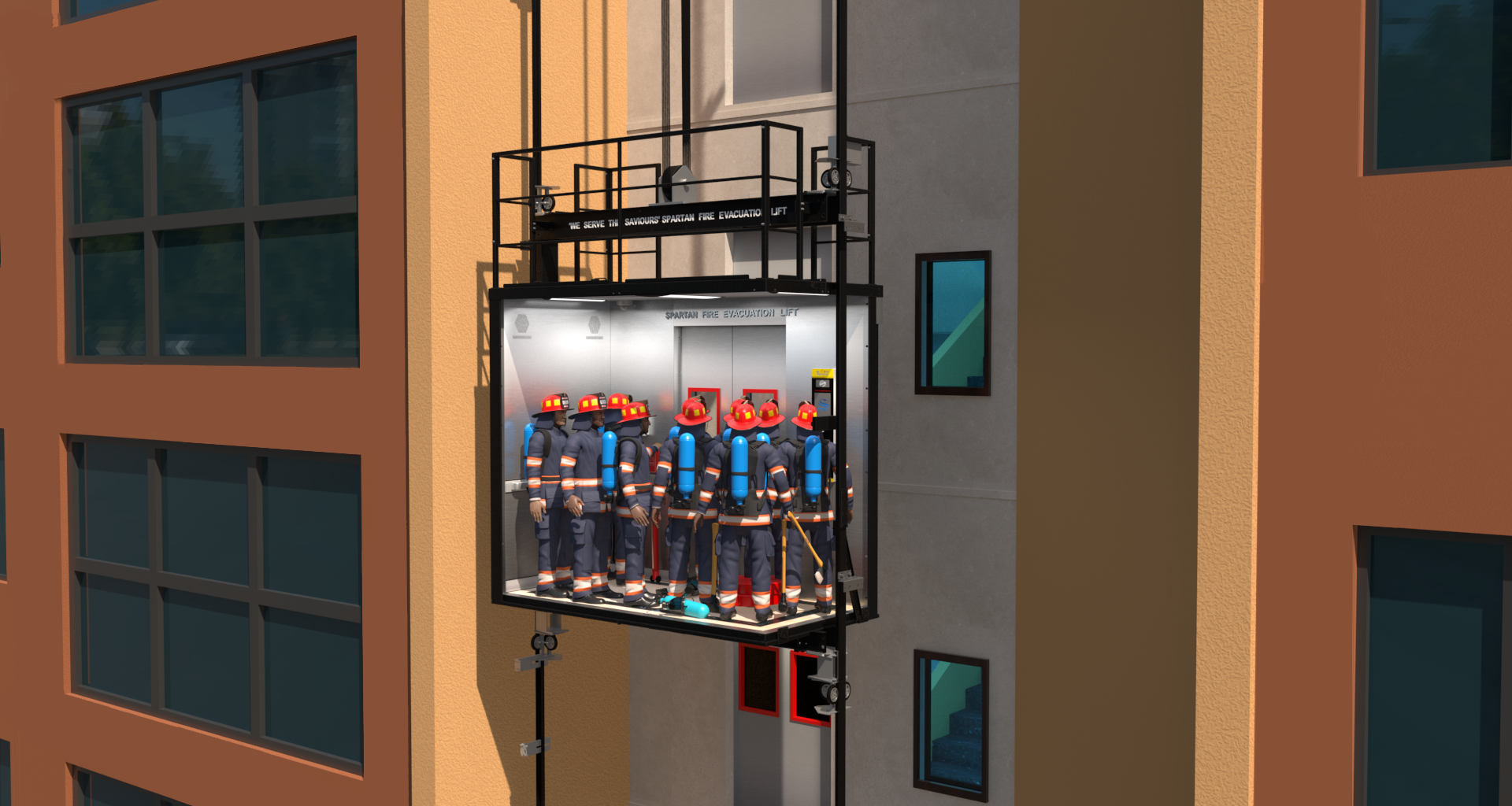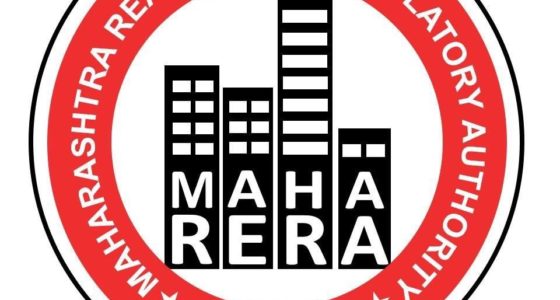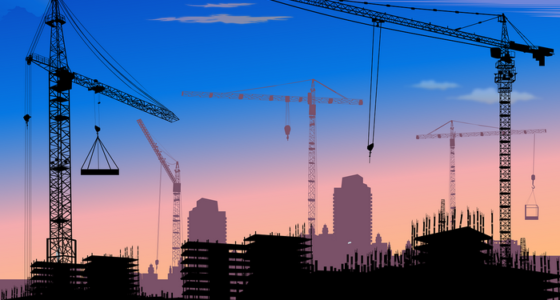By Dr. Vikram Mehta
Fire breakouts in buildings are now becoming the norm in metro cities like Mumbai, the reasons for that are the developing infrastructure and customer demands, where the floors keep on rising, but the fire evacuation measures have failed to keep pace with the changing landscape as well as demands. Real estate consultant Knight Frank India in a statement said Mumbai city (area under BMC jurisdiction) saw property sales registration of 9,268 units in February 2023. The registration of properties contributed over Rs. 1,084 crores to the state revenues. Even though sales are increasing, no safety measures have been taken, especially in high-rise buildings.
The Global Burden of Disease 2017 report published in the BMJ Injury Prevention Journal stated that India accounts for 17% of global fire incidents. The Mumbai Fire Brigade (MFB) stated that Mumbai witnessed 48,434 fire incidents from 2008 to 2018. Out of this, 1,568 were reported in high-rises, 8,737 in residential buildings, and 3,833 in commercial buildings. The highest number of incidents were due to short circuits, with 32,516 incidents, gas cylinder leaks at 1,116 fires, and 11,889 due to other reasons. The Accidental Deaths & Suicides in India (ADSI) reports published by National Crime Records Bureau (NCRB) note that there has been a decline in the overall number of fire accidents over the last five-year. However, there has also been a steady increase in fire accidents in residential buildings compared to other places.
These statistics made it clear for the government to take preventive measures against such fatal fire accidents. There is a need to augment the evacuation systems. Therefore, in July 2022, Maharashtra Energy Department made a circular on installing the Fire Evacuation Lift in buildings having heights above 70 meters. Even after the norms and regulations, Mumbai has witnessed severe fire accidents like One-Avighna Park and R A Residency Tower. This is because of the lack of awareness, negligence towards safety audits, non-implementation of fire safety rules by the buildings, and most importantly non availability of adequate fire evacuation cover to rescue people on time by the builders and developers. What is tragic is the fact that people die from inhaling excessive amounts of Carbon Monoxide. Had there been an awareness that the Maharashtra Energy Department and Brihanmumbai Municipal Corporation (BMC) together have authorized mandatory provisions for the installation of fire evacuation lifts in buildings that are more than 70 meters in height? This would not only prevent loss of life and assets but will also lead to the completion of evacuation in record time.
The installation of fire evacuation lifts along with an awareness plan is just the way to go about preventing it from taking on tragic proportions. In short, a fire-proof evacuation method to tackle fire in a high-rise building!
What Needs to Be Done When a High-Rise Is on Fire?
Time is critical when a fire breaks out in high-rise buildings as a small flame can turn into a blazing fire in minutes. Apart from causing panic, the major concern of those caught in a fire in a high-rise would be reaching the higher floors. Most are forced to use the staircase due to the lack of a proper evacuation exit, which in turn forces them to inhale toxic gases that cause long-term respiratory issues or even death. Carbon monoxide is the major cause of death during such fires.
While the need of the hour is an on-time evacuation system, it also needs to be backed up by training and educating the residents of a high rise about the protocols that need to be followed during a crisis caused by fire. These are…
● Create evacuation plans in advance
Every high-rise building should have worked out more than one concrete evacuation plan to tackle a fire emergency. This also means that every resident should be aware of these plans in advance so that they are prepared to face the fire.
● Know your floor plan & practice
One of the first things to do is to leave your room safely in the event of a fire. You should be aware of alternate exits to your floor. Stay low and navigate to one of those exits when there is smoke. This can be mastered with practice, so ensure that you are prepared by following the fire drill regularly.
● Moving out in phases
Everyone can’t move out at the same time. What’s important at that moment is to understand and ensure that those on the floor or spot of the fire need to escape quickly by calling Fire Evacuation Lift. Other occupants who are caught above the floor of the fire should try to reach a level or floor that’s below the fire.
● Use of elevators
Using elevators during a fire is never encouraged. However, things will change when Fire Evacuation Lift will be installed. A lot of thought has gone into this aspect of fire evacuation and of late, they are lifts that have been created to be used only in emergencies and can withstand fire, the fire evacuation lift being a good example of it. So, if it’s been installed in the building, use it, if not, make sure to install it and are trained to use it.
Rescue Mission through Fire Evacuation Lift
The fire evacuation lift has emerged as the new PPE (Public Protection Equipment) that is built with cutting-edge technology such as the Internet of Things (IoT), can withstand fire for two hours, accommodate people and complete the rescue mission in almost 30 to 40 minutes. This is what its step-by-step rescue process entails…
● When a fire breaks out in the building, a mass notification will be sent to the building and fire safety system team/security team, the lift operator, and the nearest fire brigade office.
●People on the fire-affected floor will rush towards the evacuation lift and keep on pressing the lift-calling button. They can communicate with the operator by pressing the 2-way communication button. The operator will take the lift to the affected floor.
● The operator will start evacuating people from the topmost floor. Once the lift is full, he/she will take the lift to the ground floor or a safe-landing floor. After people in the lift walk out, the lift will be ready for the next evacuation.
● The firemen will take control of the lift on reaching the spot and evacuate more people if there are any.
●Finally, after evacuation, a team of firemen will load their apparatus in the lift and move towards the fire-affected floor to douse the fire. The lift enables them to reach the fire spot in just 60 seconds with their equipment as it can carry a minimum of 1,000 kg.
●The entire mission is completed in an average span of 30 minutes.
Tech up for fire safety
An updated checklist that high-rises should maintain, apart from fire lifts and chutes, to keep their buildings fire-proof…
 Fire evacuation lift
Fire evacuation lift
 Pressurization system to keep stairways smoke-free
Pressurization system to keep stairways smoke-free
 Automatic sprinklers
Automatic sprinklers
 Self-closing fire-resistant doors
Self-closing fire-resistant doors
 Extra glow-in-the-dark stairwells,
Extra glow-in-the-dark stairwells,
 Impact resistant walls
Impact resistant walls
Dr. Vikram Mehta, managing director of Spartan Fire Evacuation Lift, views expressed in this article belong to the author.
Also Read: Positive Buyer Sentiment to Drive Real Estate Demand in Delhi-NCR









